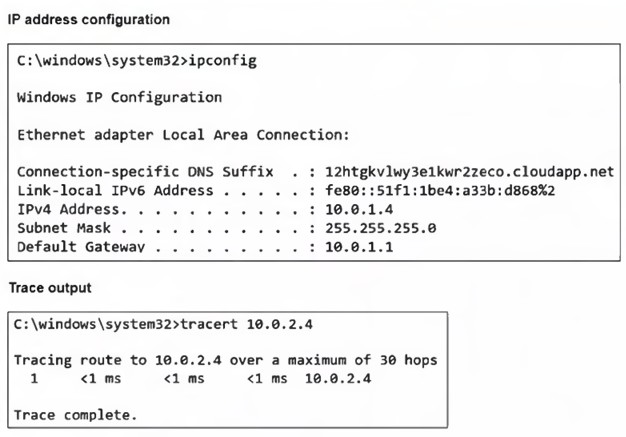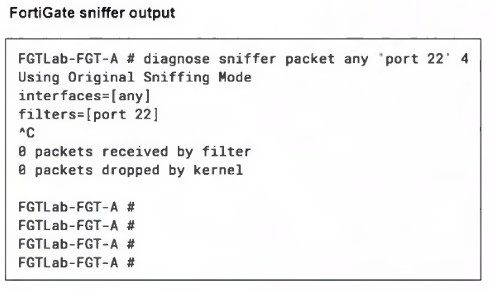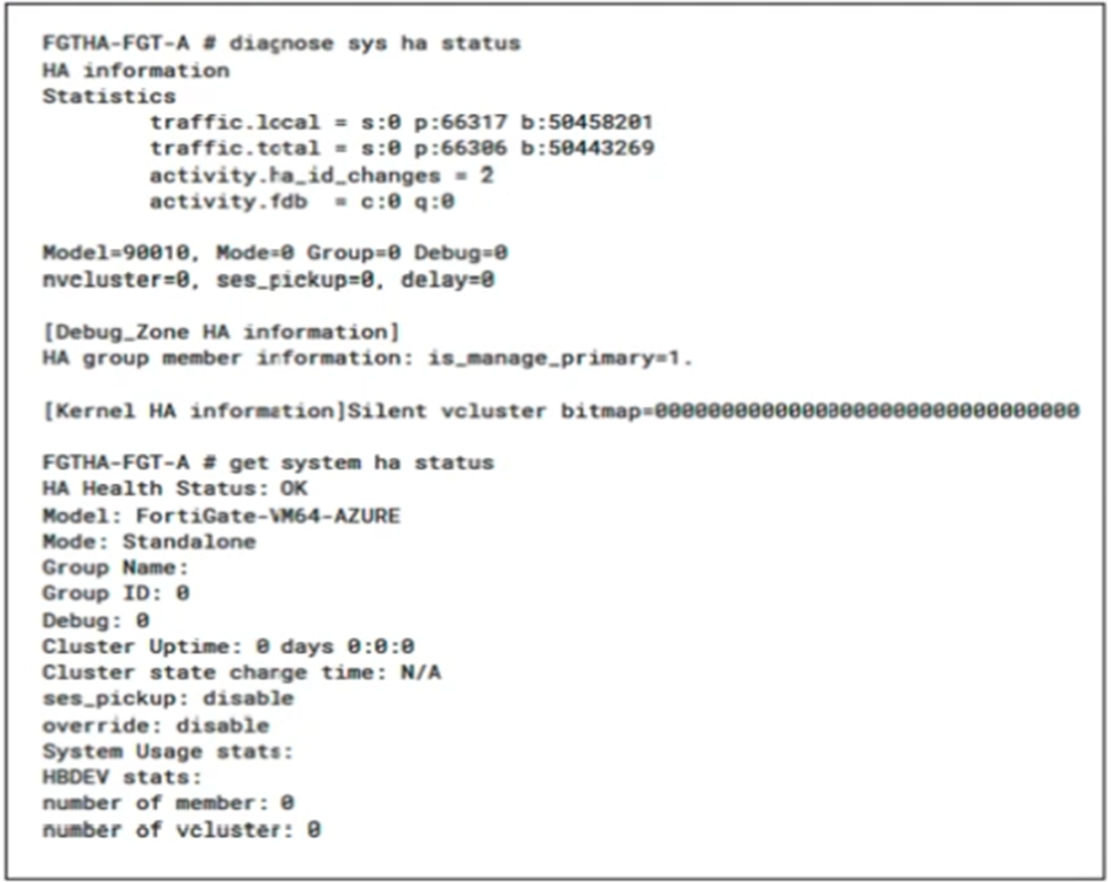At ValidExamDumps, we consistently monitor updates to the Fortinet FCP_ZCS_AD-7.4 exam questions by Fortinet. Whenever our team identifies changes in the exam questions,exam objectives, exam focus areas or in exam requirements, We immediately update our exam questions for both PDF and online practice exams. This commitment ensures our customers always have access to the most current and accurate questions. By preparing with these actual questions, our customers can successfully pass the Fortinet FCP - Azure Cloud Security 7.4 Administrator exam on their first attempt without needing additional materials or study guides.
Other certification materials providers often include outdated or removed questions by Fortinet in their Fortinet FCP_ZCS_AD-7.4 exam. These outdated questions lead to customers failing their Fortinet FCP - Azure Cloud Security 7.4 Administrator exam. In contrast, we ensure our questions bank includes only precise and up-to-date questions, guaranteeing their presence in your actual exam. Our main priority is your success in the Fortinet FCP_ZCS_AD-7.4 exam, not profiting from selling obsolete exam questions in PDF or Online Practice Test.
What is a key distinction between Azure Firewall and FortiGate VM in terms of their primary functions?
Azure Firewall is a cloud-native, fully managed network security service designed to control and log network traffic using Azure policies. In contrast, the FortiGate VM is a network virtual appliance (NVA) that delivers comprehensive security features, including firewalling, IPS, antivirus, VPN, and application control, suitable for both on-premises and cloud deployments.
Refer to the exhibits, which show the outputs of two commands taken on a Windows VM running in Azure.

Which statement is true about the device with the IP address 10.0.2.4?
The trace output shows only one hop to reach 10.0.2.4, indicating that the destination is in the same Azure virtual network (VNet) as the Windows VM. Since the VM's IP is 10.0.1.4 and the destination is 10.0.2.4, they are in different subnets, but Azure allows direct routing between subnets within the same VNet without additional hops.
Refer to the exhibits.


A high availability (HA) active-active FortiGate with Elastic Load Balancing (ELB) and Internal Load Balancing (ILB) was deployed with a default setup to filter traffic to a Linux server running Apache server.
Ports 80 and 22 are open on the Linux server, and on FortiGate a VIP and firewall policy are configured to allow traffic through ports 80 and 22. Traffic on port 80 is successful, but traffic on port 22 is not detected by FortiGate.
What configuration changes could you perform to allow SSH traffic?
Since port 80 traffic is reaching the FortiGate (as shown in the sniffer output) but port 22 traffic is not, the issue lies before the FortiGate, at the Azure Load Balancer level. Azure Load Balancers require an Inbound NAT rule to forward specific ports (like SSH on port 22) to a specific backend VM. Creating a new Inbound NAT rule for port 22 will allow SSH traffic to be properly routed to the FortiGate VM.
Refer to the exhibit.

A high availability, active-active FortiGate with Elastic Load Balancing (ELB) and Internal Load Balancing (ILB) was deployed in your Azure environment.
Which tools can you use to configure synchronization? (Choose two.)
In a FortiGate active-active HA deployment in Azure, synchronization between instances is achieved using:
In Microsoft Entra ID, what is the primary administrative unit that represents an organization and its relationship with Microsoft's cloud services?
A Microsoft Entra tenant is the primary administrative unit that represents an organization within Microsoft's identity platform. It defines the boundary for identity management, access control, and resource governance, and serves as the core entity that connects the organization to Microsoft's cloud services such as Azure and Microsoft 365.